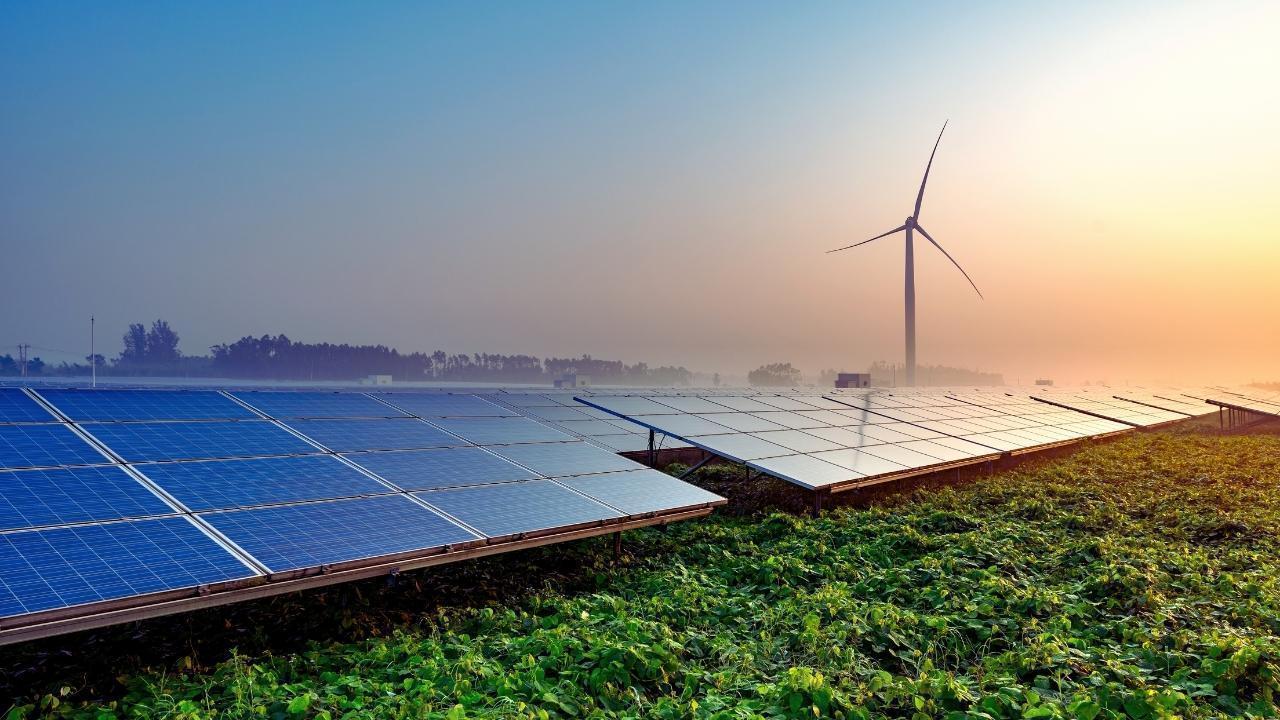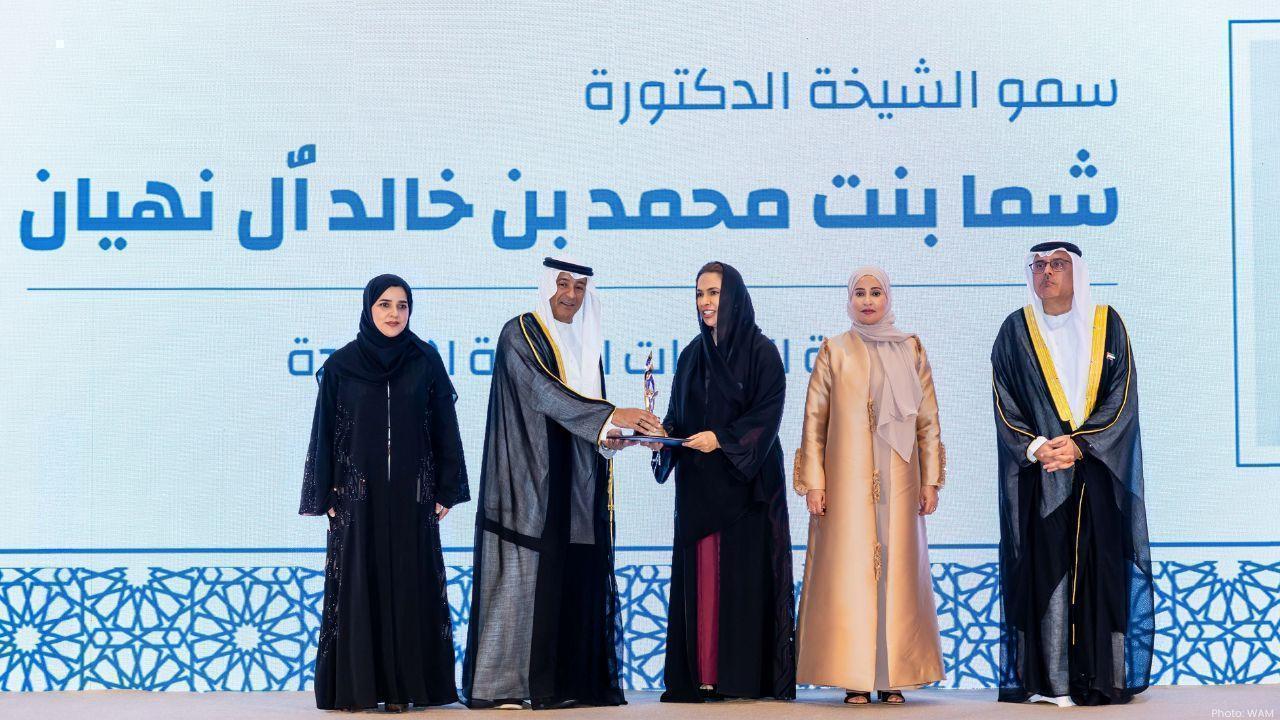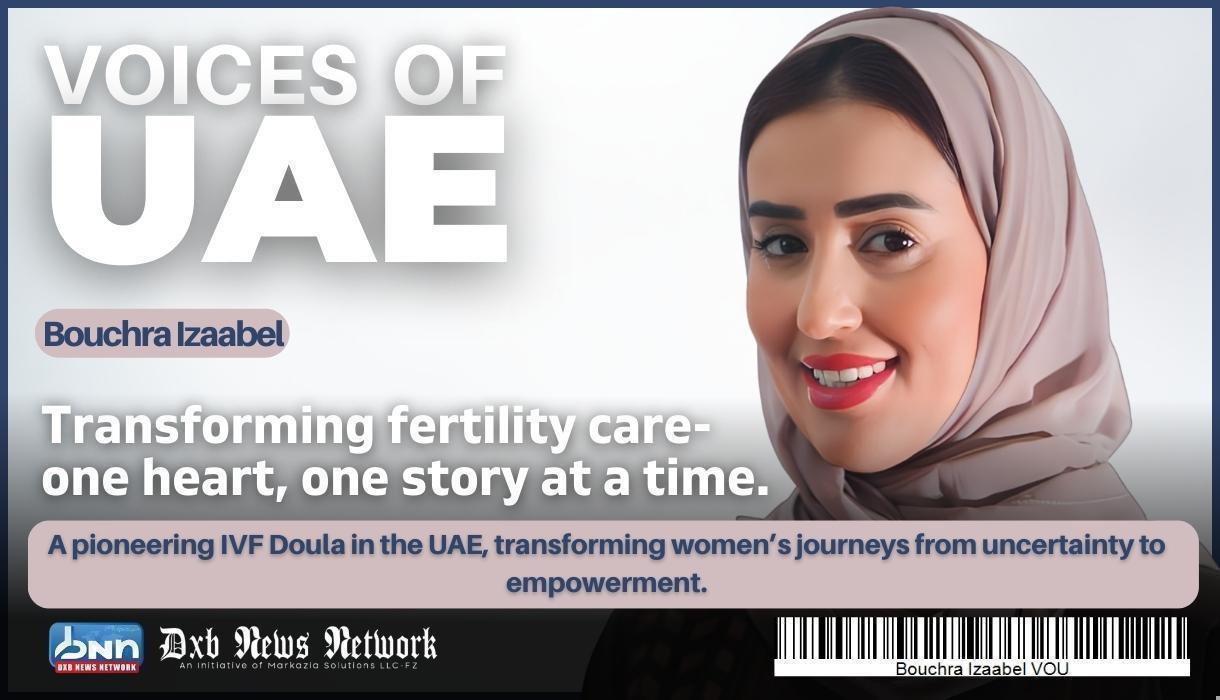
Post by : Anish
In 2025, agriculture is facing a crossroads. On one hand, the global demand for food is at an all-time high, with populations growing and dietary patterns shifting toward resource-intensive foods. On the other, climate change, soil degradation, and water scarcity are threatening the very systems that support food production.
In this critical moment, a concept once considered little more than a marketing term—regenerative farming—has emerged as a solution that is both practical and revolutionary. Unlike conventional farming, which often extracts more from the land than it gives back, regenerative farming prioritizes restoring ecosystems, improving soil, and creating resilient food systems for the long term.
The truth is simple: regenerative farming is not just another buzzword. It represents a mindset shift, a movement, and a path toward feeding the world without destroying it.
At its core, regenerative farming is a holistic approach to agriculture designed to restore and enhance the natural environment. It goes beyond sustainability, which focuses on maintaining resources at their current state. Regenerative practices actively improve them.
This means rebuilding soil fertility, increasing biodiversity, and enhancing water cycles, all while producing food. It includes techniques such as cover cropping, no-till farming, rotational grazing, agroforestry, composting, and integrating livestock with crops.
The philosophy is rooted in reciprocity: farming in ways that give back to the land instead of depleting it. By working with natural systems instead of against them, regenerative farmers aim to build resilience into both the soil and the communities that depend on it.
There are three urgent reasons regenerative farming has moved from theory to necessity in 2025:
Soil Health Crisis – Studies show that nearly one-third of the world’s soils are degraded. Without intervention, we could face declining crop yields within decades.
Climate Change – Agriculture accounts for a significant share of greenhouse gas emissions, but regenerative practices like carbon sequestration can help offset this.
Food Security – With global populations projected to reach nearly 10 billion by 2050, traditional farming methods cannot meet demand without destroying ecosystems.
Regenerative agriculture addresses all three issues by healing soils, reducing emissions, and producing food more sustainably.
Healthy soil is the foundation of regenerative farming. It’s not just dirt—it’s a living system filled with microbes, fungi, and organic matter that support plant growth. Conventional farming practices such as heavy plowing, monocropping, and chemical overuse strip soil of its vitality, leaving it barren over time.
Regenerative practices reverse this damage. For instance, planting cover crops reduces erosion, while crop rotation helps maintain nutrient balance. Adding organic compost increases carbon storage, creating richer, more fertile land. Over time, farmers notice higher yields, better water retention, and fewer pests—all without relying heavily on synthetic inputs.
Soil health is more than an agricultural issue; it is directly linked to global climate solutions. Healthy soils store more carbon, acting as a natural sink for greenhouse gases. This makes regenerative farming a powerful tool in the fight against climate change.
All over the world, farmers are proving that regenerative farming works in practice.
In the United States, ranchers using rotational grazing have seen dramatic improvements in grassland health while reducing methane emissions from livestock.
In India, smallholder farmers adopting composting and intercropping have boosted yields while cutting input costs.
In Africa, agroforestry systems—where trees are planted alongside crops—are restoring degraded lands and providing additional sources of income.
These examples highlight a crucial point: regenerative agriculture is not a one-size-fits-all model. It adapts to local climates, traditions, and ecosystems. That flexibility is one reason it is gaining traction worldwide.
Regenerative farming is not about rejecting modern tools—it’s about using them wisely. In 2025, digital technologies are enhancing regenerative practices.
Drones and sensors monitor soil moisture, crop health, and biodiversity, helping farmers optimize interventions.
AI-powered platforms recommend crop rotations and planting schedules tailored to local soil conditions.
Blockchain systems track food from farm to table, verifying regenerative practices for consumers who demand transparency.
Technology is helping scale regenerative agriculture, making it more efficient and accessible even for large-scale producers.
Regenerative farming is no longer just a farmer’s concern—it’s a consumer movement. Shoppers are more conscious of where their food comes from, how it is grown, and its environmental impact. Labels like “regeneratively grown” are appearing on store shelves, and major brands are investing in regenerative supply chains.
For example, food companies are partnering with farmers to secure regenerative ingredients, ensuring long-term sustainability and appealing to eco-conscious buyers. Restaurants and retailers are also using regenerative sourcing as a competitive advantage, catering to consumers who value both taste and ethics.
This shift is not only changing farming practices but also creating new markets. Regenerative products often command higher prices, making farming more profitable for those who adopt these methods.
Despite its promise, regenerative farming is not without challenges:
Transition Costs: Switching from conventional to regenerative methods often requires upfront investment and time before benefits appear.
Knowledge Gaps: Not all farmers have access to training or resources to implement regenerative practices.
Policy and Incentives: Many agricultural policies still favor industrial farming, making it harder for regenerative practices to compete.
Scalability: While regenerative methods thrive on smaller farms, scaling them to industrial levels poses complex challenges.
Overcoming these hurdles will require coordinated efforts from governments, businesses, and consumers. Subsidies, training programs, and better access to markets are essential to make regenerative agriculture mainstream.
Some critics argue that “regenerative” is becoming a trendy label used for marketing rather than genuine transformation. And while greenwashing is a real risk, the evidence shows that authentic regenerative farming produces measurable results—improved soil, reduced emissions, better yields, and stronger rural economies.
The difference lies in accountability. Genuine regenerative systems are grounded in science, transparency, and commitment to long-term change. That’s why organizations, scientists, and farmers are working together to create standards that protect the integrity of the term.
Regenerative farming is not just about food—it’s about the future. It challenges us to rethink our relationship with the land and recognize that agriculture can be part of the climate solution rather than the problem.
In 2025, regenerative farming has moved far beyond a buzzword. It is shaping how farmers grow, how consumers choose, and how businesses operate. While challenges remain, its potential to restore ecosystems, fight climate change, and secure food for future generations makes it one of the most powerful movements of our time.
If agriculture is the foundation of human civilization, regenerative farming is the blueprint for ensuring that foundation remains strong for generations to come.
This article is for informational purposes only and does not constitute agricultural, environmental, or financial advice. Readers should consult experts or local authorities before adopting new farming practices.

Microplastics Threaten Plant Photosynthesis, New Study Warns
Recent research reveals that microplastics are not just polluting oceans and animals but also disrup

CRISPR Breakthrough Offers Hope for Type 1 Diabetes Cure
Scientists have successfully implanted CRISPR-edited pancreas cells in a patient with type 1 diabete

Regenerative Farming Is More Than a Buzzword—Here’s Why
Once dismissed as a trendy phrase, regenerative farming has become a powerful global movement. From

AJ Lee Returns to WWE SmackDown After 10-Year Hiatus
AJ Lee’s shocking WWE return in Chicago lights up SmackDown. A night filled with big moments, John C

Rashmika Mandanna’s New Ring Sparks Dating Rumors with Vijay
Rashmika Mandanna’s latest airport look and new ring sparks fresh dating rumors with Vijay Deverakon

Earn Without a Degree? Microcredentials Are Changing the Game
In 2025, microcredentials are reshaping education and employment. As traditional degrees lose their

GCC Honors Sheikha Shamma for Leading UAE Community Work
Sheikha Dr. Shamma bint Mohammed Al Nahyan honored by GCC for her pioneering role in UAE community,

Voices of UAE: Bouchra Izaabel-Transforming Fertility Care, One Heart and One Story at a Time
Transforming Fertility Care, One Heart and One Story at a Time

Pakistan Defeat UAE by 31 Runs in T20I Tri-Series Clash
Pakistan beat UAE by 31 runs in Sharjah T20I Tri-Series. Saim Ayub hit 69, Hasan Nawaz 56, while Has

Vice President’s Jiu-Jitsu Cup Ends with UAE Clubs Triumph
Sharjah Al Ain Al Jazira and Baniyas clubs shine as champions in the Vice President’s Jiu-Jitsu Cup

Liverpool beat Arsenal City fall to Brighton in EPL drama
Liverpool edge Arsenal with Szoboszlai’s stunning free-kick, while Manchester City suffer second str

Tawfiq wins UAE President’s Cup Arabian Horse Race in Russia
Tawfiq claimed victory at the UAE President’s Cup in Kazan, Russia, thrilling 20,000 fans with a dra

GCC Chief Urges Stronger Push on Global Free Trade Talks
GCC Secretary-General Jasem Albudaiwi pressed negotiators to intensify efforts on free trade pacts b

UAE and India Strengthen Trade Ties with Mumbai Business Talks
UAE Minister of Foreign Trade Dr. Thani Al Zeyoudi met Indian leaders in Mumbai to expand CEPA benef

UAE announces September fuel prices for petrol and diesel
The UAE Fuel Price Committee set September 2024 rates: Super 98 at AED 2.90, Special 95 and Diesel a